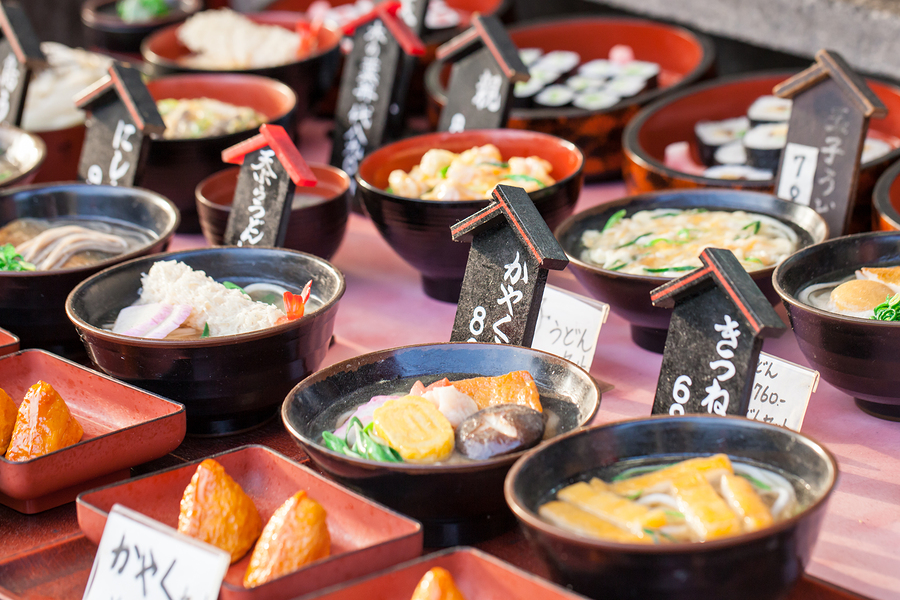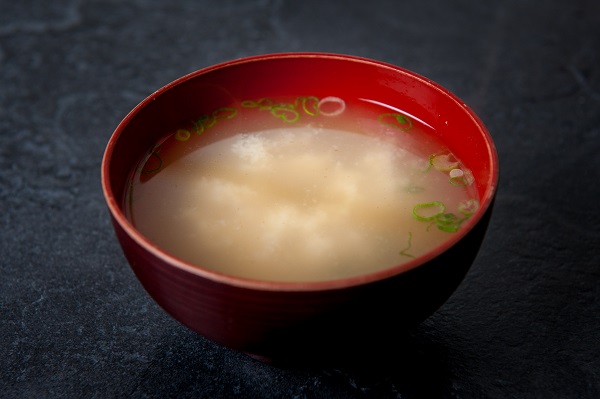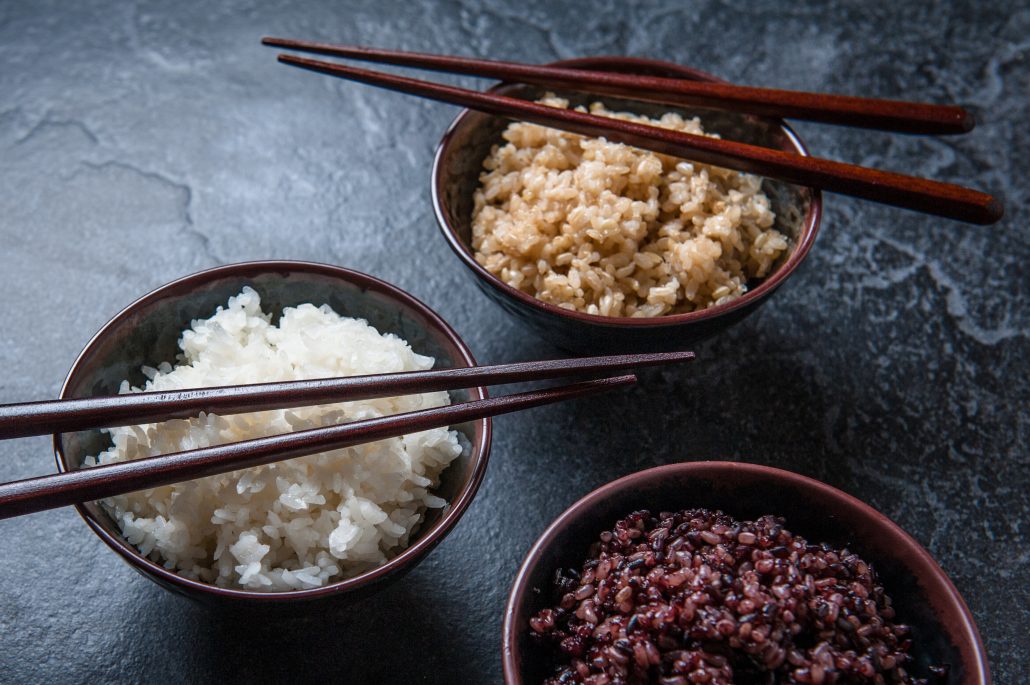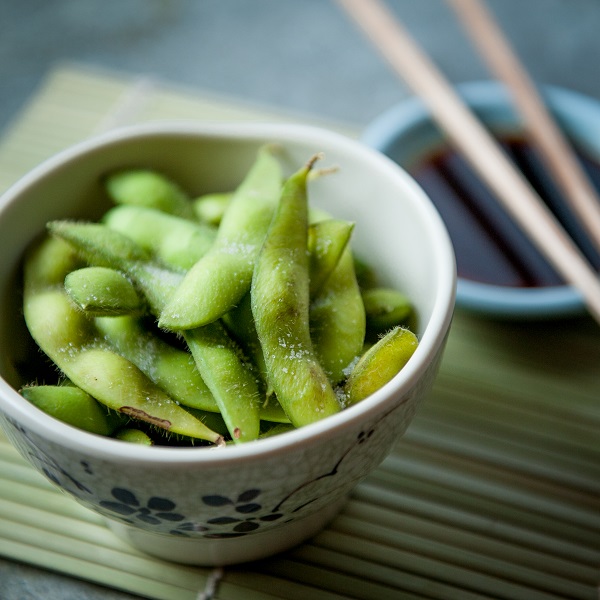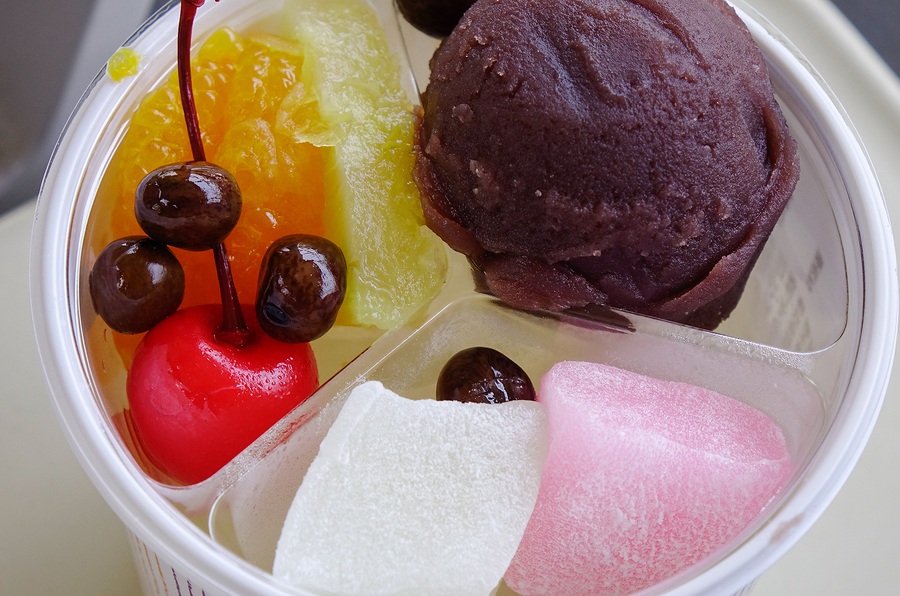The Best Fish for Sushi
The freshness of the fish is the key to the best sushi. Great sushi restaurants rely on fish that goes directly on ice once it is caught in the ocean. This keeps the fish fresh and safe for shipping. What kind of fish is used can vary, but of course some are more familiar than others. Here are seven popular sushi fish, all of which you can find in delicious sushi rolls at Osaka Japanese Bistro.
Seven Sushi Fish Favorites
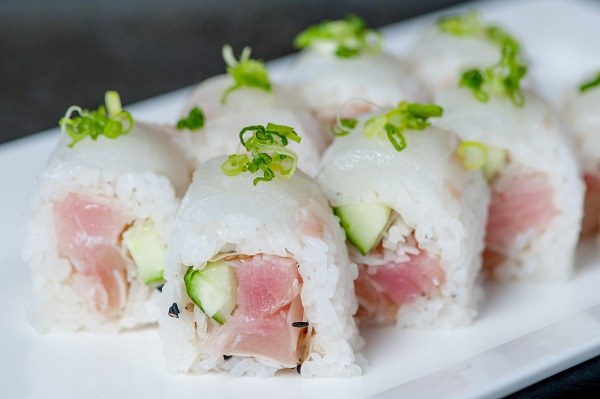
- Hamachi (Yellowtail): Also known as Japanese Amberjack, yellowtail is a fatty fish with a mild flavor that is perfect for someone who is new to sushi.
- Shake (Salmon): People love the deep, rich color of salmon. Its flavor makes it a favorite among sushi buffs and it is loaded with healthy Omega-3 fatty acids.
- Saba (Mackerel): This is for the more sushi lovers who don’t mind a more “fishy” smell and flavor. Saba is often cured for several hours in vinegar and salt before serving.
- Hirame (Halibut): This is a more lean fish, so the rich flavor usually surprises and delights people. Halibut can be chilled on ice before serving or it can be prepared through a process called kobijume, which involves grilling it on the outside and then dunking the fish in ice.
- Bintoro (Albacore Tuna): This fish lives in warmer water than many other varieties of tuna, which contributes to it smooth texture and delicate meat.
- Tai (Red Snapper): This white-meat fish is another safe bet if you are new to sushi. It has a very mild flavor and is popular at sushi bars year-round.
- Unagi (Freshwater Eel): This is usually a grilled form of sushi brushed with soy sauce. Freshwater eel is a fatty fish that is packed with vitamin B.
For the More Adventurous Sushi Lover
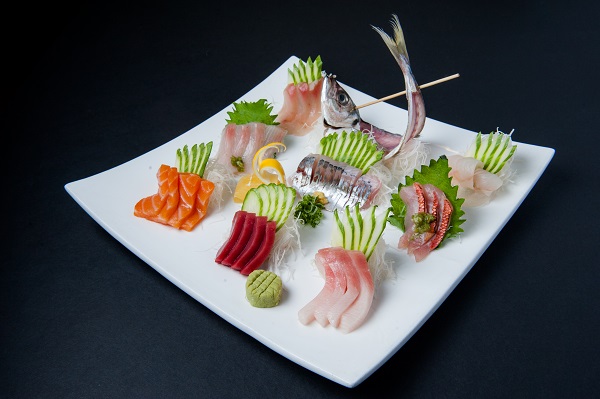
Sashimi plate
- Ika (Squid): Many people avoid squid because of the tentacles, but the firm texture and rich flavor should not be missed.
- Uni (Sea Urchin): Sea urchin’s flavor is described as sweet and delicious, and it combines well with many other flavors of sushi.
- Kurage (Jellyfish): People with the courage to try jellyfish are often surprised to find that is their “new favorite” sushi. The texture actually has a slight crunch which is unexpected.
- Akagai (Surf Clams): Clams make a soft and chewy sushi. They are usually served in a beautiful flower pattern.
- Iwashi (Sardine): Sardines are difficult to find fresh, so they are considered a delicacy in a sushi setting.
Selecting Fish for Sushi at Home
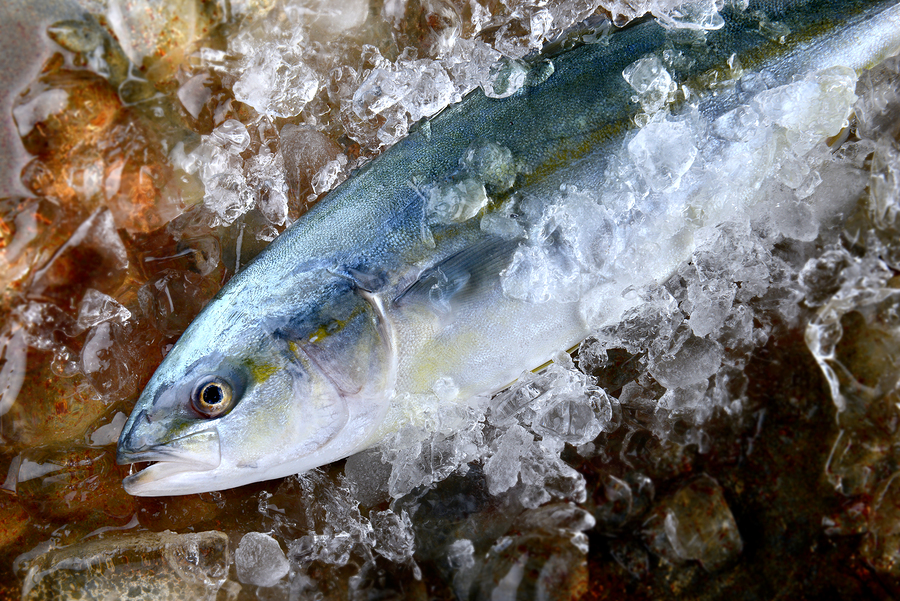
Many people enjoy making sushi at home. If you do give this a try, just like in restaurant sushi, the freshness of the fish you use is very important. Here are some tips on having the best and safest sushi-making experience.
- Never eat freshwater fish raw. You always want sushi that is ocean-caught or responsibly farmed, to avoid parasites.
- Look for “sushi-grade” fish. This means that the fish was caught, bled and gutted, and then frozen directly on the boat. Fish needs to be frozen at 0 degrees Fahrenheit for seven days, or at -35 degrees Fahrenheit for 15 hours (flash frozen) in order to kill known parasites.
- If you buy fresh fish, try to serve it the same day that it is purchased. Ideally, you will want to buy fish that is still swimming in a tank; specialty markets will carry “live” sushi fish that is in season.
- If a fish has cloudy eyes or feels mushy when you press a finger against it, don’t use it for sushi. It’s better to be safe than sorry!
- If you want to use any type of shellfish for sushi, make sure the shells are intact. A cracked shell can lead to the meat spoiling much quicker.
Osaka Japanese Bistro Sushi
The sushi fish at Osaka Japanese Bistro in Las Vegas are selected fresh daily. We have long-standing relationships with some of the best suppliers in the region. Osaka has been in business for 50 years and we know you will love our fresh sashimi, nigiri and local specialty rolls! Stop by one of our Las Vegas or Henderson locations and enjoy a great sushi experience.

